DBCO-dPEG®4-MAL, product number QBD-10592, is a short, single molecular weight, discrete polyethylene glycol (dPEG®) crosslinking reagent. The dibenzylcyclooctyne (DBCO) moiety permits strain-promoted azide-alkyne cycloaddition (SPAAC), also known as “”copper-free click chemistry.”” The maleimidopropyl (MAL) functional group forms a thiol-ether linkage with sulfhydryl groups. The short, single molecular weight dPEG® spacer is hydrophilic and non-immunogenic. DBCO-dPEG®4-MAL provides the benefits of PEG (increased water solubility, non-immunogenicity) without the analytical headaches of PEG dispersity.
The copper(I)-catalyzed azide-alkyne cycloaddition (CuAAC) discovered by K. Barry Sharpless and coworkers is one of the best-known click chemistry reactions, but its in vivo usability is limited by copper toxicity. Carolyn Bertozzi and coworkers developed SPAAC as a way to avoid copper’s toxic effects on living cells using a highly strained cyclooctyne. Developments since the initial publication show that reagents based on DBCO provide excellent, highly selective reactivity with azides, forming a triazole product.
Maleimide groups are widely popular for their ability to react rapidly with sulfhydryl groups via a Michael addition to form thioether bonds.
Vector Laboratories’ dPEG® products clearly differ from traditional polymeric polyethylene glycol (PEG). Traditional PEG is a dispersed polymer product with a Poisson distribution of chain lengths and molecular weights. The intractable mixture of chain lengths and molecular weights in traditional PEG products creates significant analytical challenges. In contrast, Vector Laboratories’ dPEG® products are single molecular weight compounds with discrete chain lengths. Using Vector Laboratories’ products greatly simplifies the analysis of dPEG®-conjugated compounds.
| Unit Size | 25mg, 100mg , 500mg |
|---|---|
| Molecular Weight | 674.74; single compound |
| Chemical formula | C₃₆H₄₂N₄O₉ |
| CAS | N/A |
| Purity | > 97% |
| Spacers | dPEG® Spacer is 30 atoms and 29.747 Å |
| Shipping | Ambient |
| Typical solubility properties (for additional information contact Customer Support) | Methylene Chloride, Methanol, Acetonitrile, DMSO, DMF, or DMAC. |
| Storage and handling | -20°C; Always let come to room temperature before opening; be careful to limit exposure to moisture and restore under an inert atmosphere; stock solutions can be prepared with dry solvent and kept for several days (freeze when not in use). dPEG® pegylation compounds are generally hygroscopic and should be treated as such. This will be less noticeable with liquids, but the solids will become tacky and difficult to manipulate, if care is not taken to minimize air exposure. |
Greg T. Hermanson, Bioconjugate Techniques, 2nd Edition, Elsevier Inc., Burlington, MA 01803, April, 2008 (ISBN-13: 978-0-12-370501-3; ISBN-10: 0-12-370501-0). Specifically see pp. 726-729 in his Chapter 18 on discrete PEG compounds for pegylation applications.
Greg T. Hermanson, Bioconjugate Techniques, 3rd Edition, Elsevier, Waltham, MA 02451, 2013, ISBN 978-0-12-382239-0; See chapter 18, Discrete PEG Reagents, pp.787-821, for a full overview of the dPEG® products.
Applicable patents and legal notices are available at legal notices.
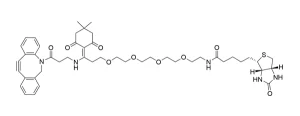
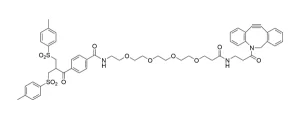
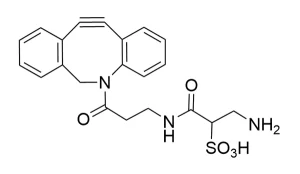
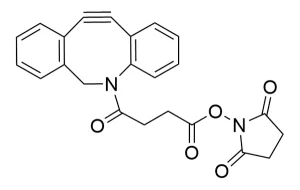
Stay in the Loop. Join Our Online Community
Products
Ordering
About Us
Application
Resources
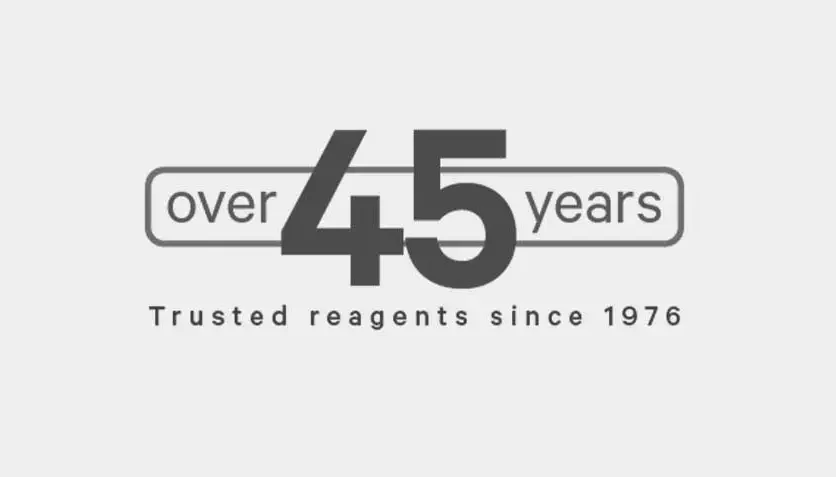
©Vector Laboratories, Inc. 2025 All Rights Reserved.
To provide the best experiences, we use technologies like cookies to store and/or access device information. Consenting to these technologies will allow us to process data such as browsing behavior or unique IDs on this site. Not consenting or withdrawing consent, may adversely affect certain features and functions. Privacy Statement
How do I Request a Quote?
To request a quote for products: